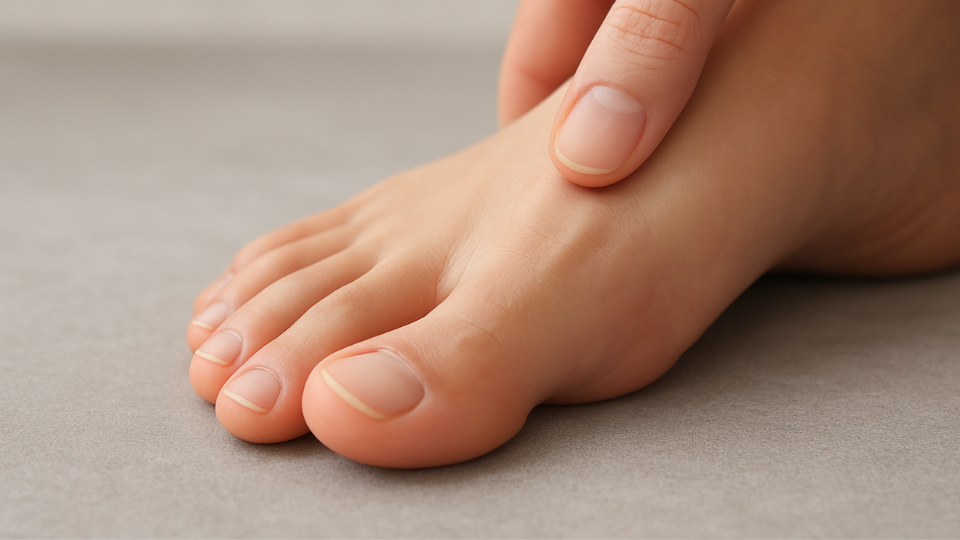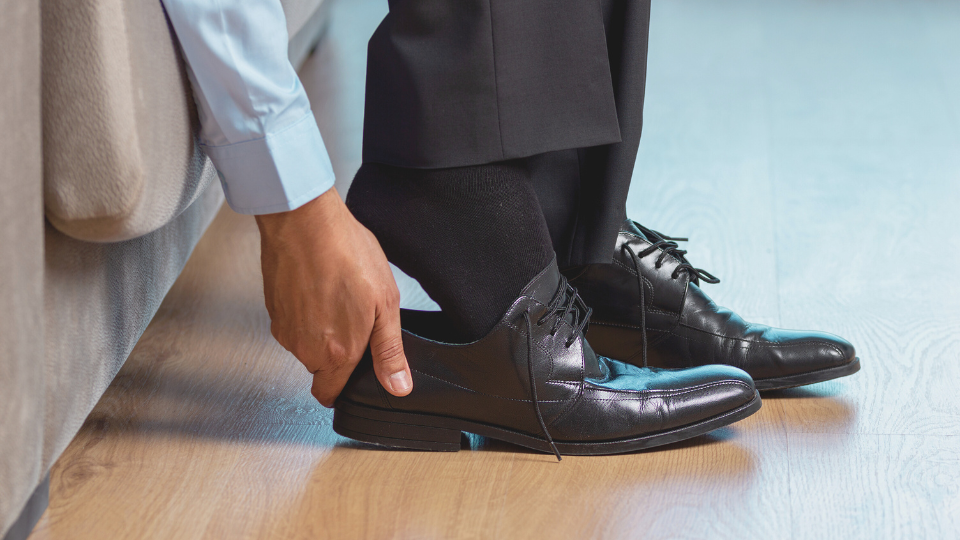Toenail Pain Without an Ingrown Nail: Causes, Treatment, and When to See a Doctor
Toenail pain but no ingrown nail? Learn common causes, safe treatments, and when to see a podiatrist at FAS The Woodlands if your toenail hurts when pressed.

Do you have the sudden urge to jump up on to a roof top? Do you have an itch to pull a sleigh? Have you been searching around your house for that big red clown nose? Do you know Dasher and Dancer and Prancer and Vixon?

To keep you “on your toes”, today’s blog is about a deformity called equinus. If anyone has told you that you walk like a horse- don’t be offended. It’s not saying that you look like a Horse (in which case you should be highly offended).

This is known as having an Equinus deformity. Equinus (from equine meaning horse) means that the foot is unable to dorsiflex (toes towards head) passed 90 degrees relative to the lower leg. The foot is in a more flexed position, appearing like a horse’s hoof (or reindeer). This limited range of motion to the ankle joint can cause problems at other joints in the foot, knee and hip.
Equinus is different from “toe-walking”, a common problem in infants or in spastic contractures as in cerebral palsy, but “toe-walking” can be seen with equinus deformities. This commonly occurs with overly tight hamstring and calf muscles. Common complaints of people with slight equinus are achilles tendonitis (tight pull of achilles on heel) or flat feet (due to compensation at other foot joints).

To test for equinus, your physician will have you flex your foot towards your nose with your knee straight and with your knee bent. Bending the knee distinguishes between a tight gastrocnemius vs. soleus muscle. X-rays are taken to rule out bone spurring of the foot and lower leg, that acts as a stopping mechanism, limiting foot dorsiflexion. They can also be used to evaluate foot type (over-pronator/high arch).

Once the reason for the equinus deformity is identified, treatment can begin. Conservatively, simple heel pads can be inserted to relieve tension on the achilles’ pull (like loosening the reigns on the horse). This doesn’t fix any problems or deformities but brings the weight bearing surface up in contact to the heel. Range of motion and strengthening exercises via physical therapy can be implemented to increase motion passed 90 degrees. If equinus persists due to boney deformities, surgery is usually the end point of treatment. Special surgeries to the achilles tendon complex or to the mis-aligned bone can increase ankle joint flexion and allow the foot to bend back enough for normal range of motion.
So if you or someone you know suffers from “toe-walking”, tight calf muscles, limited heel contact or general foot pain, please come visit Foot and Ankle Specialists of The Woodlands (or seek seasonal employment from the fat guy in the red suit from up north).
For more information on foot and ankle pain, please visit:
Foot and Ankle Specialists of The Woodlands
9191 Pinecroft Dr #225
The Woodlands, TX 77380
p. 281.909.7722
f. 281.909.7733
info@fasthewoodlands.com

Toenail pain but no ingrown nail? Learn common causes, safe treatments, and when to see a podiatrist at FAS The Woodlands if your toenail hurts when pressed.

Learn what happens when your shoes are too small, the symptoms tight shoes can cause, and how to protect your foot health. Expert care at FAS The Woodlands.